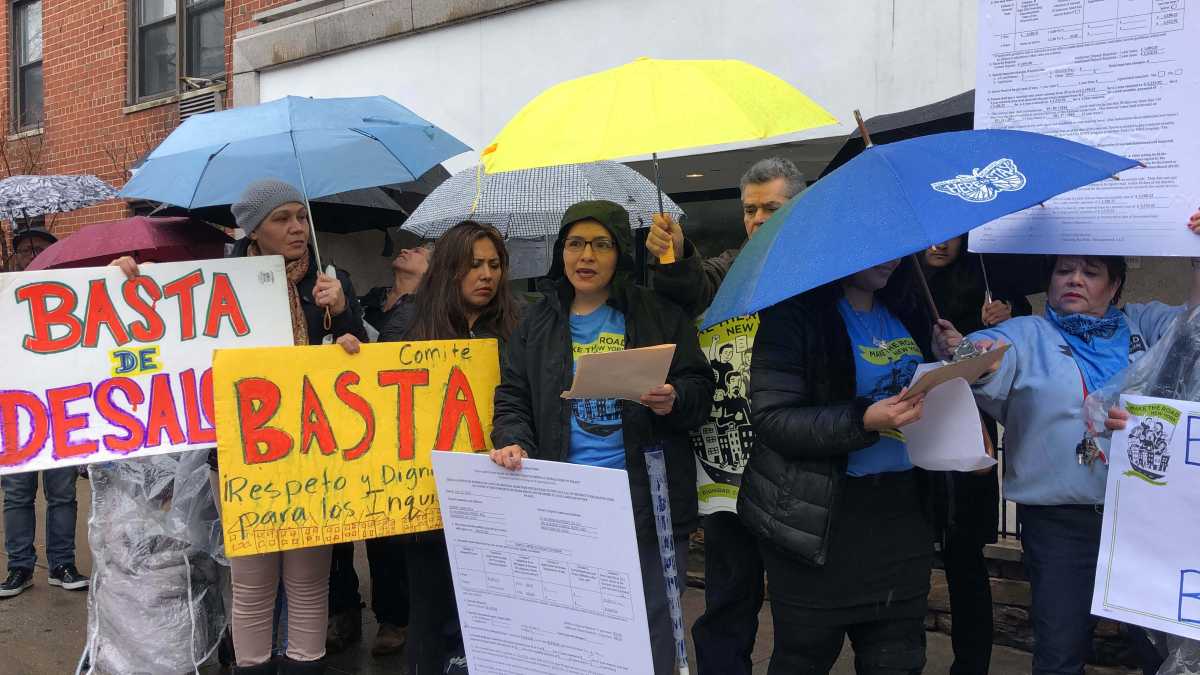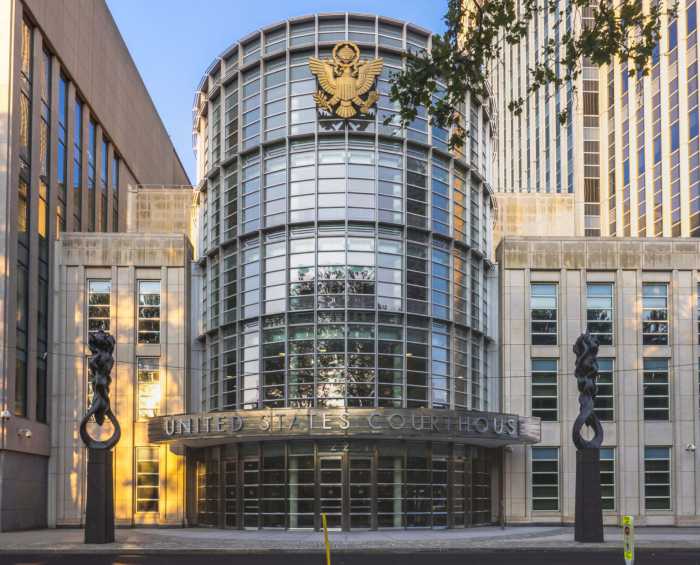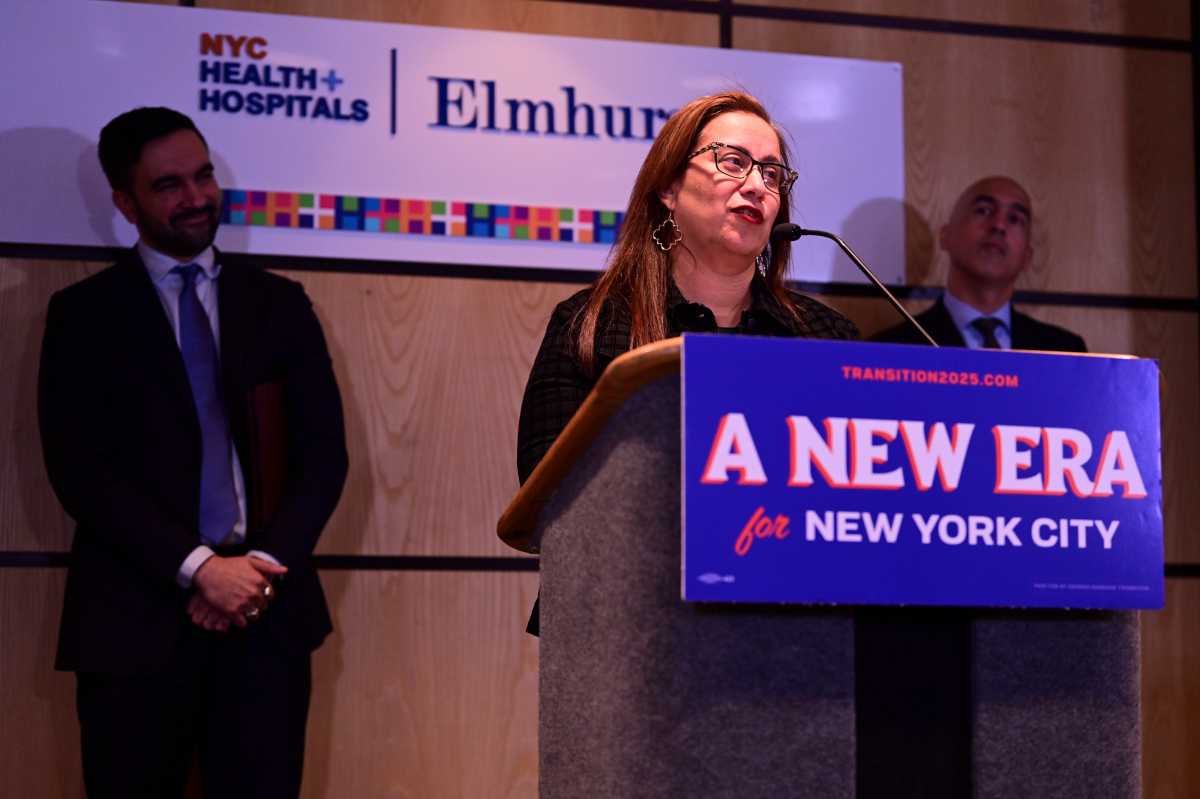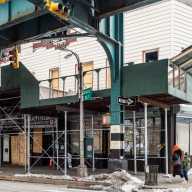A new Quinnipiac poll released this week shows more than four in 10 New York City residents can’t afford to live here and may be forced to live elsewhere while tenants of an Elmhurst building, facing steep rent hikes, rallied to demand stronger tenant protections.
The at-risk residents protested outside their rent-stabilized apartment building at 41-40 Denman St. and shared their stories of having a landlord demand rent increases that put them in danger of displacement. With three months left in the state legislative session, the protestors demand lawmakers in Albany to strengthen the rent laws and expand protections to tenants across the state.
“When I first began to live in 41-10 Denman St., my monthly rent was $1,150 per month,” tenant and Make the Road New York member Beronica Cedeno said. “Lease after lease, I noticed that my monthly rent continued to shoot up significantly. I panic daily about what will happen to my family if we are removed from my apartment. Rent rates in this city have spun out of control and I can’t afford to go anywhere else.”
The protestors claimed two pro-landlord loopholes were at play, the “preferential rent” loophole and the eviction bonus that enables landlords to dramatically increase the rents in certain rent-regulated units, putting hundreds of thousands of rent-stabilized tenants at risk of losing their homes.
“My family and 266,000 families across New York state today are at risk of losing their apartment due to the preferential rent loophole,” tenant and member of Make the Road New York Herman Franco said. “It’s a trick. A landlord allows a tenant to enter with a lower rent, but over several years, the rent increases by hundreds of dollars, which pushes the tenant out.”
Before 2003, landlords who gave tenants preferential rents, below the legal maximum, had to continue them as long as a tenant stayed in the apartment, with any increases based on the discounted rate rather than the legal maximum. The rule changed in 2003, after which preferential rents have skyrocketed, an indication that landlords are using preferential rents as a loophole to take advantage of a 20 percent eviction bonus, through which landlords can increase rents a further 20 percent when a unit is vacated, which further incentivizes displacing tenants. In 2003, there were nearly 100,000 preferential apartment across New York but by 2018 that number jumped to 266,000 units, 31 percent of all rent-stabilized units.
The combination of the preferential rent loophole and the eviction bonus leads to a frequent bait-and-switch by landlords, who can depress the rent to attract a tenant, only to then demand a huge increase to displace the tenant and raise the rent a further 20 percent for the next tenant. Ralliers claim it is an end-run around the rent-stabilization system that puts hundreds of thousands of New Yorkers at risk of losing their homes
“In District 13 we have 35,000 unregulated units,” state Senator Jessica Ramos said. “So many of my neighbors face harassment and unfair treatment from landlords who just want to make a profit. I know these issues first hand and how important it is to pass universal rent control. I am fighting in Albany for communities like ours, and so that we can continue to afford to call Queens home.”




































